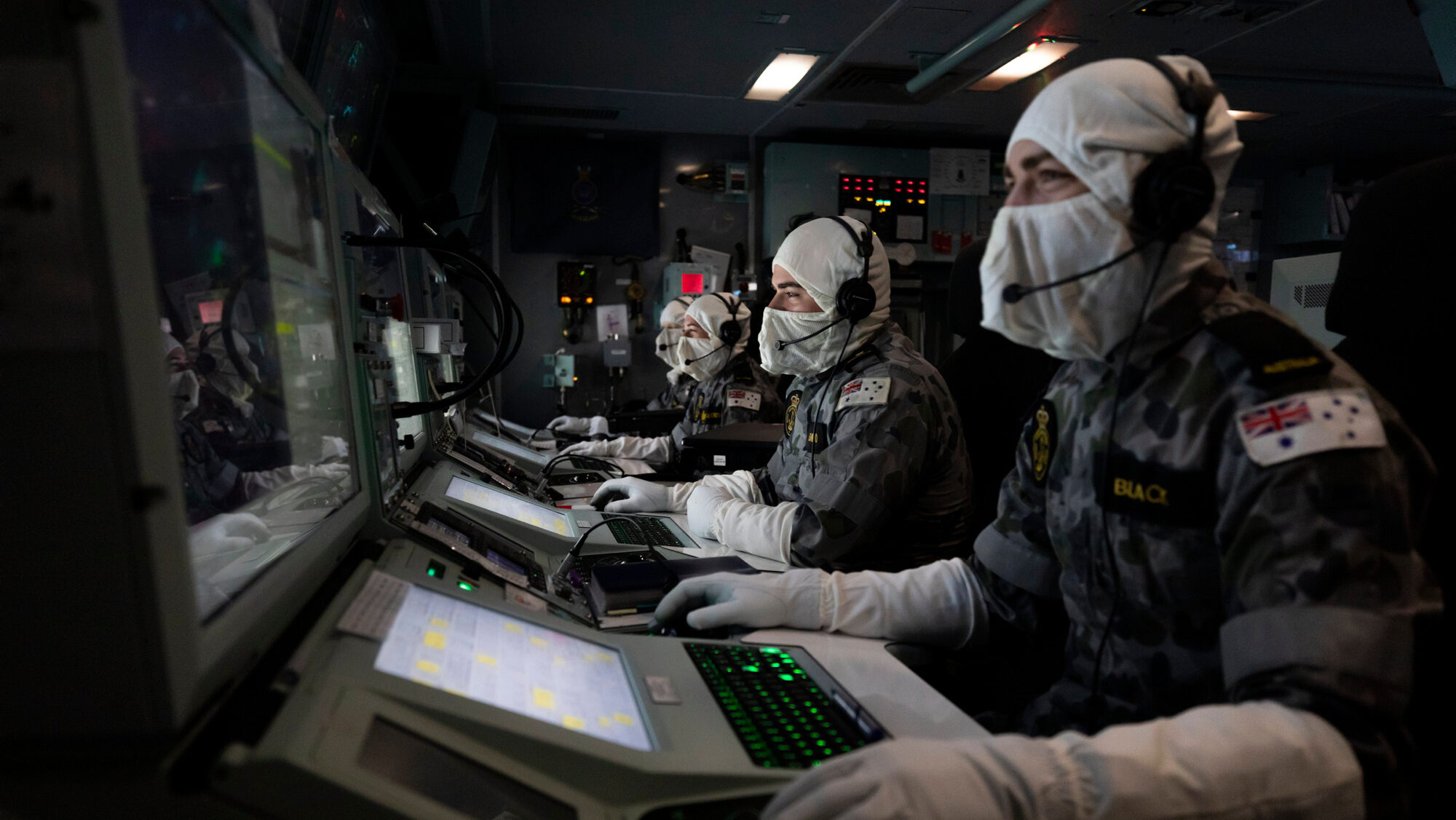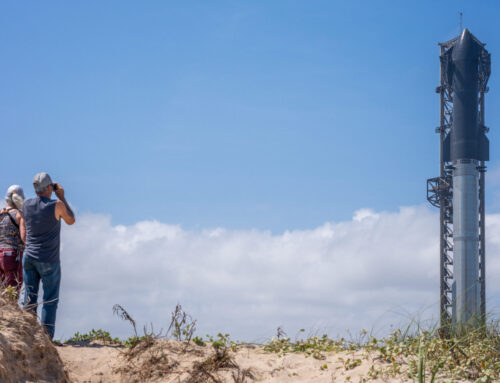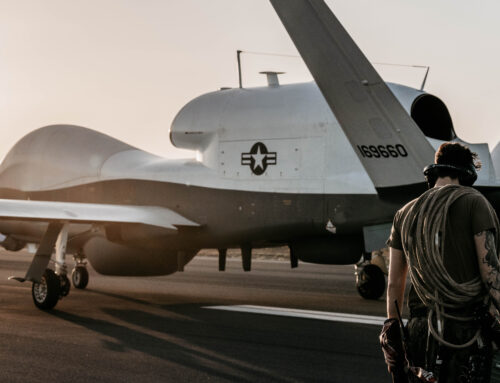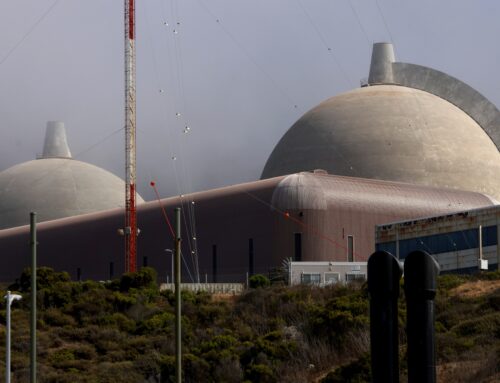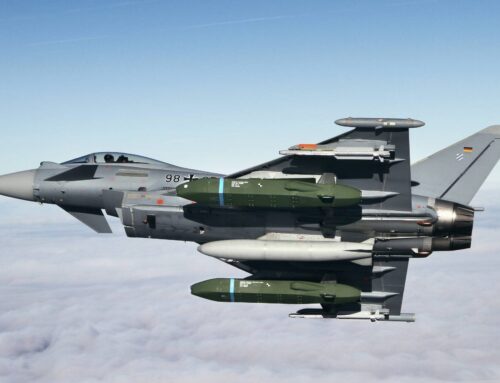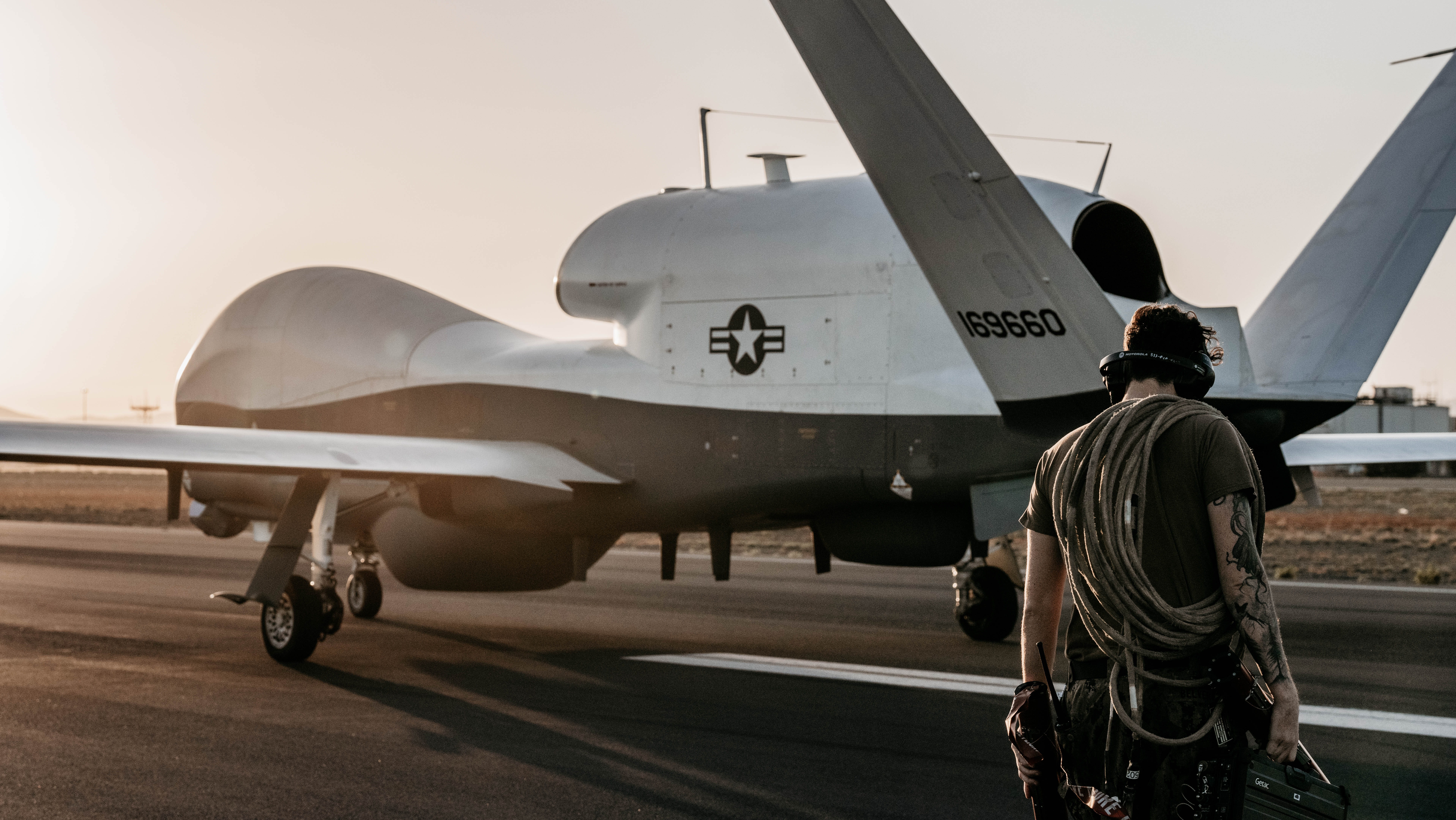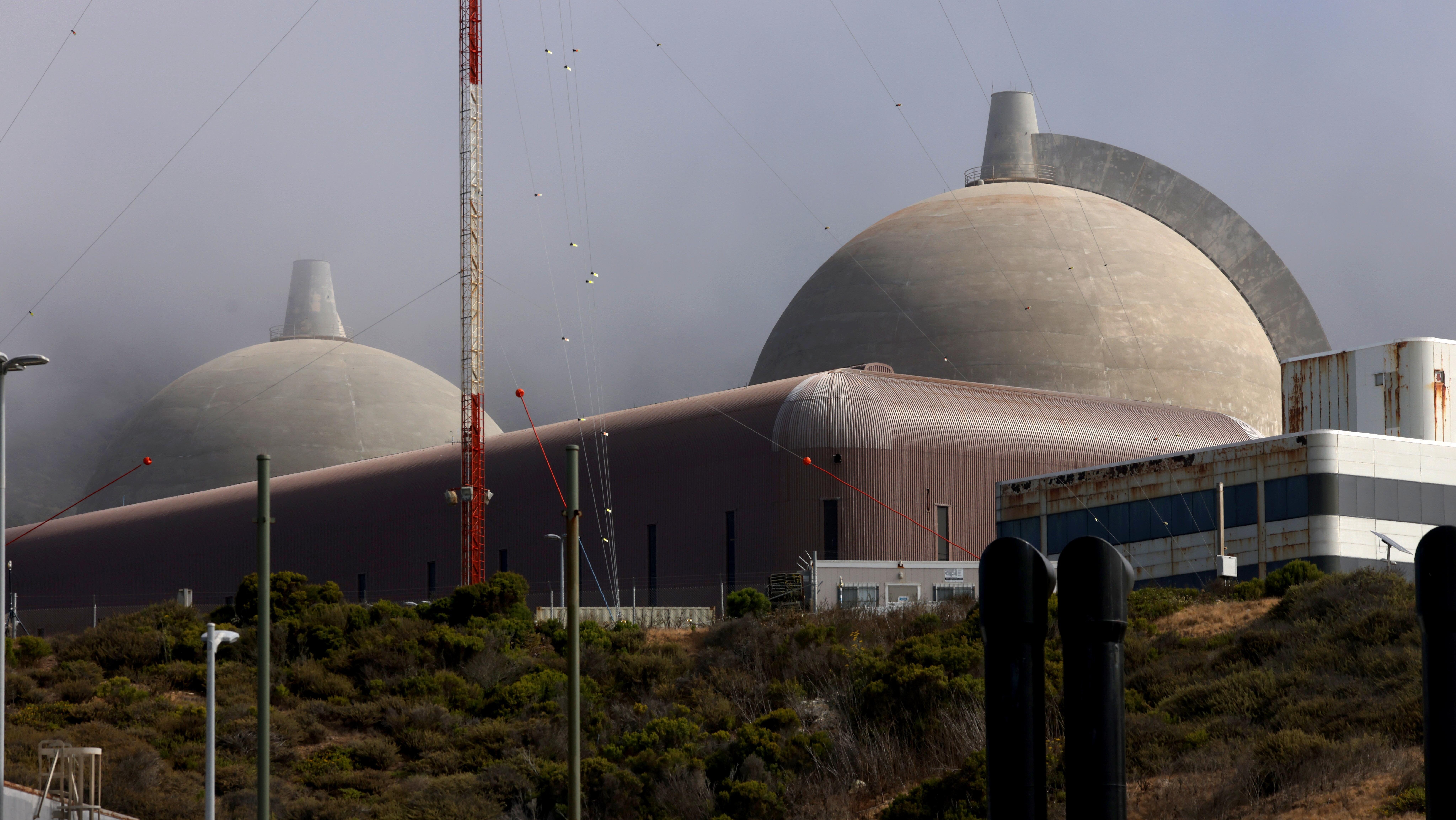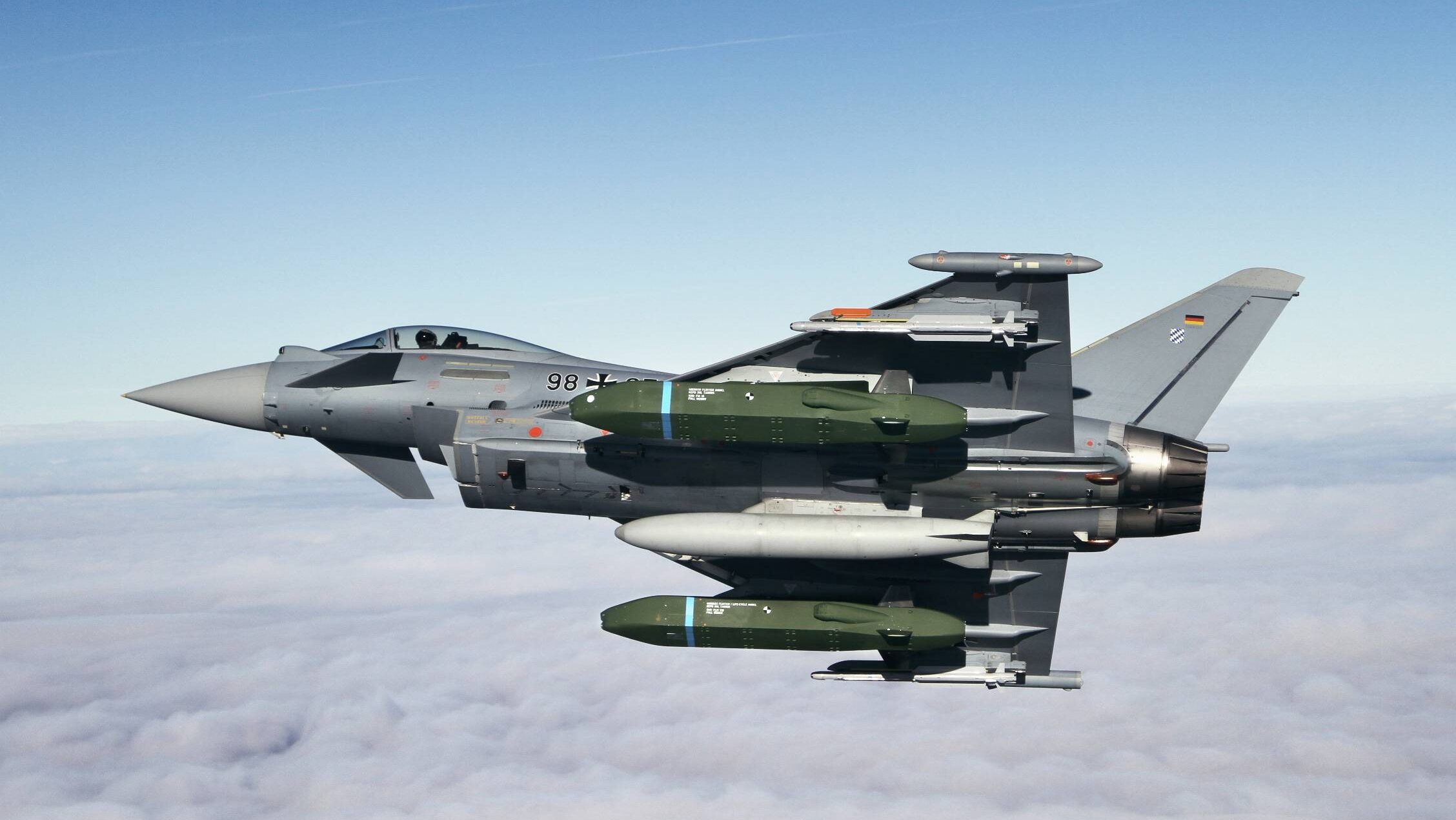Australian Combat Systems Operators and Electronic Warfare sailors manning consoles in the operations room onboard HMAS Anzac during Exercise BERSAMA GOLD 21 in October 2021. (Australian Department of Defence)
WASHINGTON — In alignment with its Pillar II priorities, the AUKUS trilateral security alliance is standing up a data-sharing framework dedicated to electronic warfare (EW), according to a Pentagon EW official.
“We are not out there alone, and we share that with our allies and partners, and they also have some pretty exceptional capabilities,” Travis Manning, the US lead for the AUKUS EW working group, said at a Defense One event Wednesday. Manning is also the deputy director of electronic warfare in the Office of the Under Secretary for Defense for Acquisition and Sustainment.
The goal of the framework, which should come together in the next three months, is to serve as a guide in “trying to define how we share EW data across the nation, across AUKUS” in a contested electromagnetic spectrum environment, Manning told Breaking Defense on the sidelines of the event. He added that the framework will allow the US to work with Australia and the UK “both from an interoperability standpoint as well as an interchangeability piece … so that our systems work better together.”
The framework will take some time to come together, as the working group plans to iterate through cycles of feedback before going fully online.
After these feedback cycles are completed, the nations and their respective military services can decide on how to implement the data-sharing platforms. Manning said that if all goes well, eventually maritime, ground and air units will be able to share EW intelligence with each other “all in the same place.”
The Pentagon previously identified electronic warfare as one of AUKUS’s Pillar II focuses, along with artificial intelligence and autonomy, cybersecurity, information sharing, quantum and hypersonic and counter-hypersonic capabilities. Pillar II’s focus on several tech topics comes in contrast to Pillar I, which is dedicated to the big ticket items of the AUKUS arrangement: new nuclear-powered submarines.
Though AUKUS’ goal of sharing EW data on one network does not exist yet, the concept of data sharing between international allies in the Indo-Pacific isn’t new. At the end of last year, the Indo-Pacific Comand stood up the INDOPACOM Mission Network, which is designed to allow warfighters in the region to share data with partners and allies in a zero trust environment.
Similarly, as Breaking Defense reported in December, Australia’s top intelligence official revealed then the development of a “Top Secret” intelligence cloud that is planned to be interoperable with US and UK spy networks.


